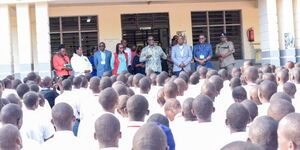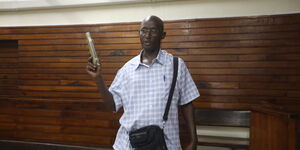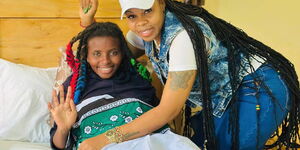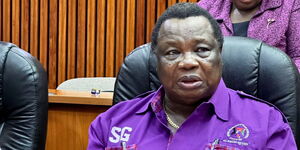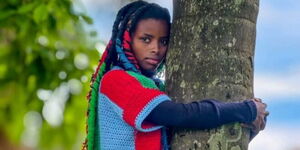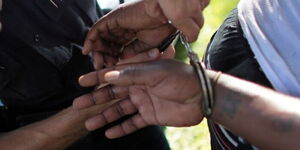Kenya's higher education funding system has undergone a substantial overhaul, introducing a model that aims to provide financial assistance based on the specific needs of students.
This new approach is designed to make higher education accessible to all, irrespective of their economic background.
The funding model introduced by the President Ruto administration has caused confusion in the minds of parents and even different learning institutions.
The State Department for Higher Education and Research has published a comprehensive look at what students and parents need to know about the new funding model.
According to the publication, the model categorises students into five financial bands, each offering different levels of government support on a need basis.
These bands are determined by the family's income and the financial needs of the student.
Bands for Funding
In the first band, labelled as ‘Band 1’, students who are extremely needy, vulnerable, orphans, disabled, or beneficiaries of social protection programs receive the highest level of support.
The government covers 70% of their education costs through scholarships, and an additional 25% through loans, leaving only 5% for the family to contribute.
These students also receive an upkeep loan of Ksh 60,000.
The second band (Band 2) targets low-income students from families that struggle to meet basic needs without government support.
Here, the government provides a 60% scholarship and a 30% loan, covering 90% of the total education costs.
The family is responsible for the remaining 10%, and the student receives an upkeep loan of Ksh 55,000.
Families with modest incomes, typically earning between Ksh 23,670 and Ksh 70,000, fall into the third band (Band 3).
These students receive a 50% scholarship and a 30% loan, with the family contributing 20%.
The upkeep loan for students in this category is Ksh 50,000.
In the fourth band (Band 4), middle-income families earning between Ksh 70,000 and Ksh 120,000 receive a 40% scholarship and a 30% loan, with the family expected to cover 30% of the fees.
This group, while better off than lower bands, still requires assistance due to the costs associated with higher education.
Finally, the fifth band (Band 5) includes high-income families earning more than Ksh 120,000.
These families contribute 40% of the education costs, receive a 30% loan, and do not receive a scholarship.
While these families have a higher capacity to pay, the model acknowledges the potential need for modest support due to other financial burdens.
Process of Determining Vulnerability
A crucial element of the new funding model is the Means Testing Instrument (MTI), which assesses students' financial ability to determine the appropriate band.
The MTI is designed to ensure fairness and accuracy, considering a range of socioeconomic factors such as household income, geographic location, and special circumstances like disability or orphanhood.
This comprehensive assessment ensures that financial aid is distributed based on actual need.
The MTI employs scientifically weighted indicators to minimize bias and guarantee that students are placed in the correct band.
This ensures that those with the greatest need receive the most support, while those with lesser needs contribute more toward their education costs.
The model also channels financial aid directly to students, ensuring that funds are used to meet their specific needs effectively.
Special consideration is given to vulnerable groups, such as students with disabilities and orphans.
These groups receive priority in funding allocation, ensuring they are not disadvantaged in accessing higher education.
Affirmative action measures are also incorporated to support marginalized groups, promoting inclusivity in line with government priorities.

